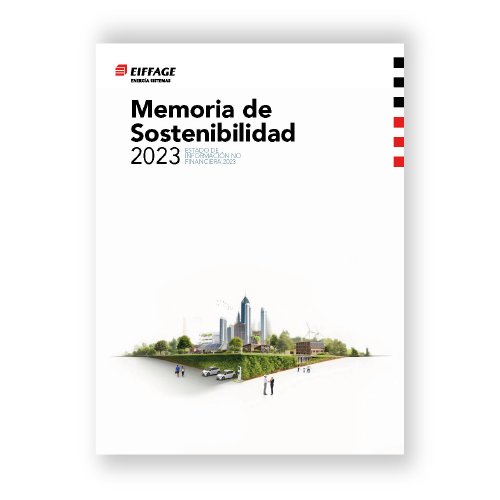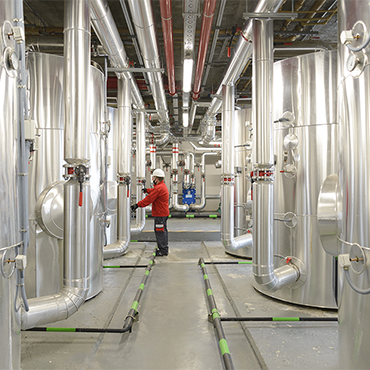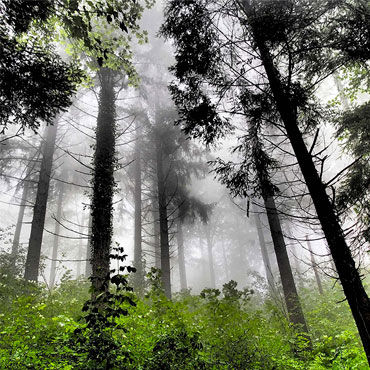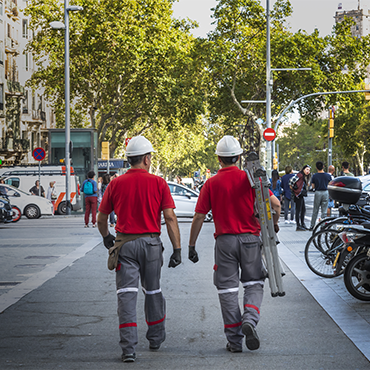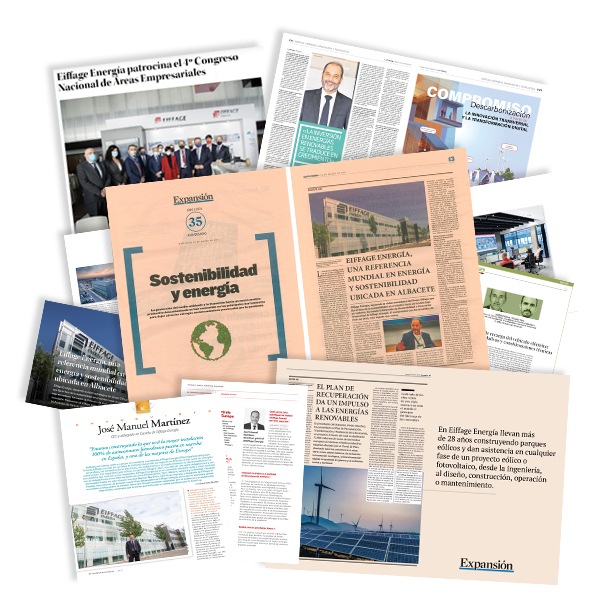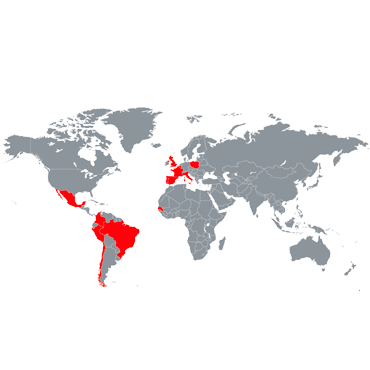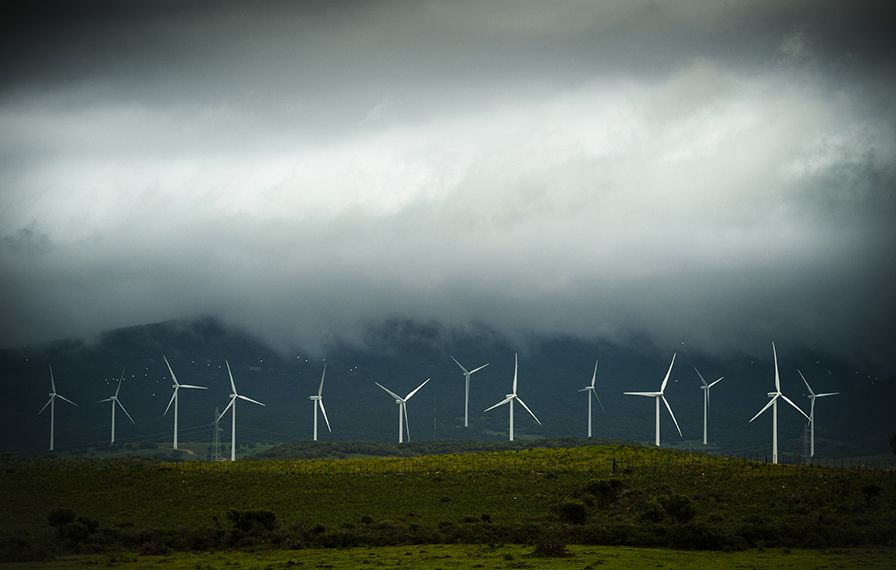In the Pacific Ocean, in 2016 alone, twenty typhoons have occurred. A unique atmospheric phenomenon like this, could supply energy to a country like Japan for nearly 50 years. Given this premise, the Japanese engineer Atsushi Shimizu has developed a wind power generator able to withstand the force of these storms.
While a conventional wind turbine is designed to withstand currents of 25 metres per second, the device designed by Shimizu and his company Challenergy Inc can withstand winds of 85 metres per second. The wind turbine outlined by the Japanese company, consists of a central axis on which three rotary and independent cylinders are erected. This movement is what converts the kinetic energy into electricity.
Seven metres high, this wind turbine is based on the Magnus Effect. This phenomenon contends that an object that is in rotation has its path varied through a fluid, such as air. Its three independent cylinders allow it to easily adapt to changes in wind direction and to the variations in speed of the same .
Although the wind turbine is constructed of pipes intended for waste water, the engineer Atsushi Shimizu intends to manufacture this device with more suitable materials. One of the most considered elements is carbon fibre reinforced plastic .
On the island of Okinawa, south-west of the Japanese archipelago, this turbine has been experimentally installed. What the Japanese company proposes to achieve is that the device keeps on, continuously and stably generating electricity even in the most adverse conditions, such as those recorded during the month of October in Okinawa after typhoon Chaba.
Another objective that the Japanese firm targets is to commercialise its wind turbine in 2020 and to present it to the public on the occasion of the Olympic Games in Tokyo.
This project counts on the support of the Government of Japan, which has provided the initiative with financial support of around 476,000 euros. Also, a collaborative process has been opened online to fund the project.
Source: El País / Energías Renovables

